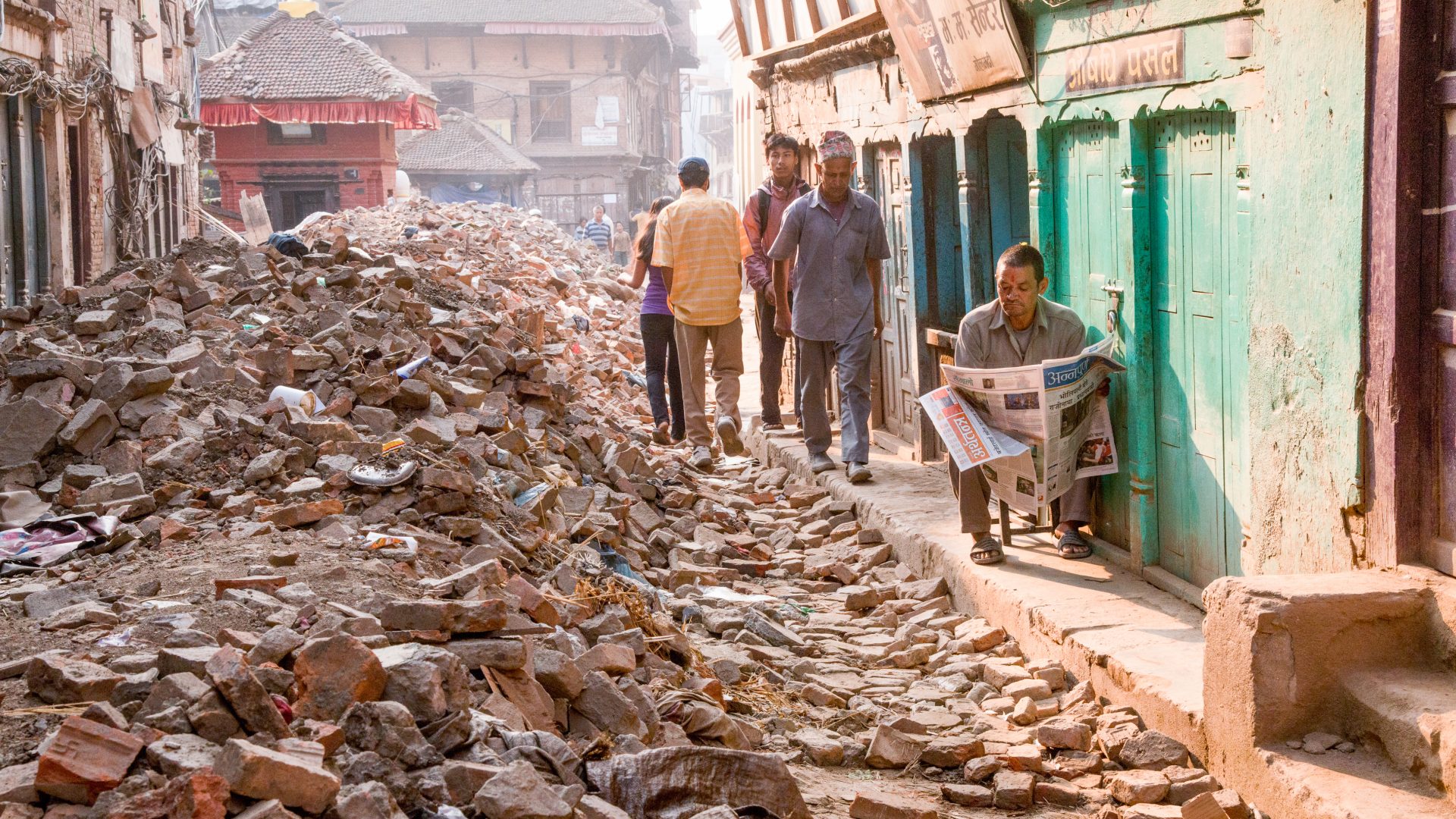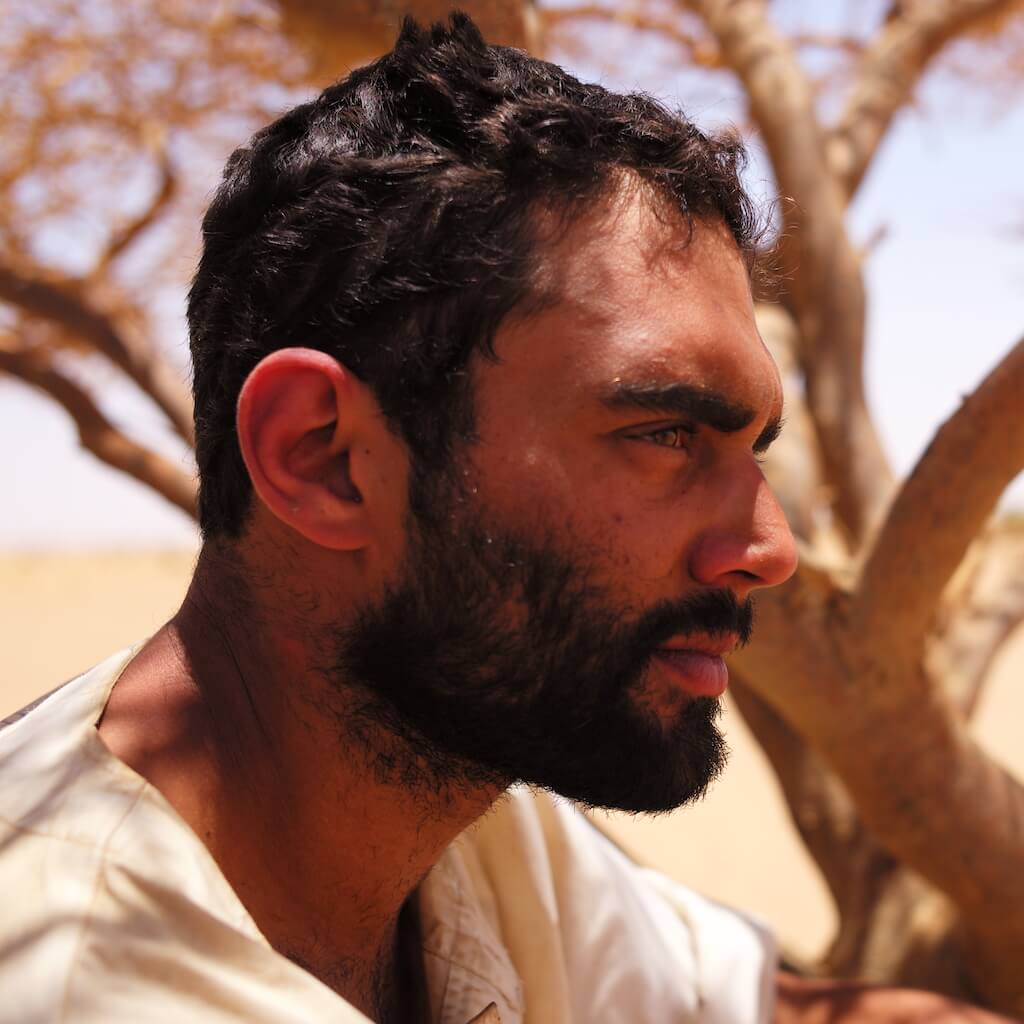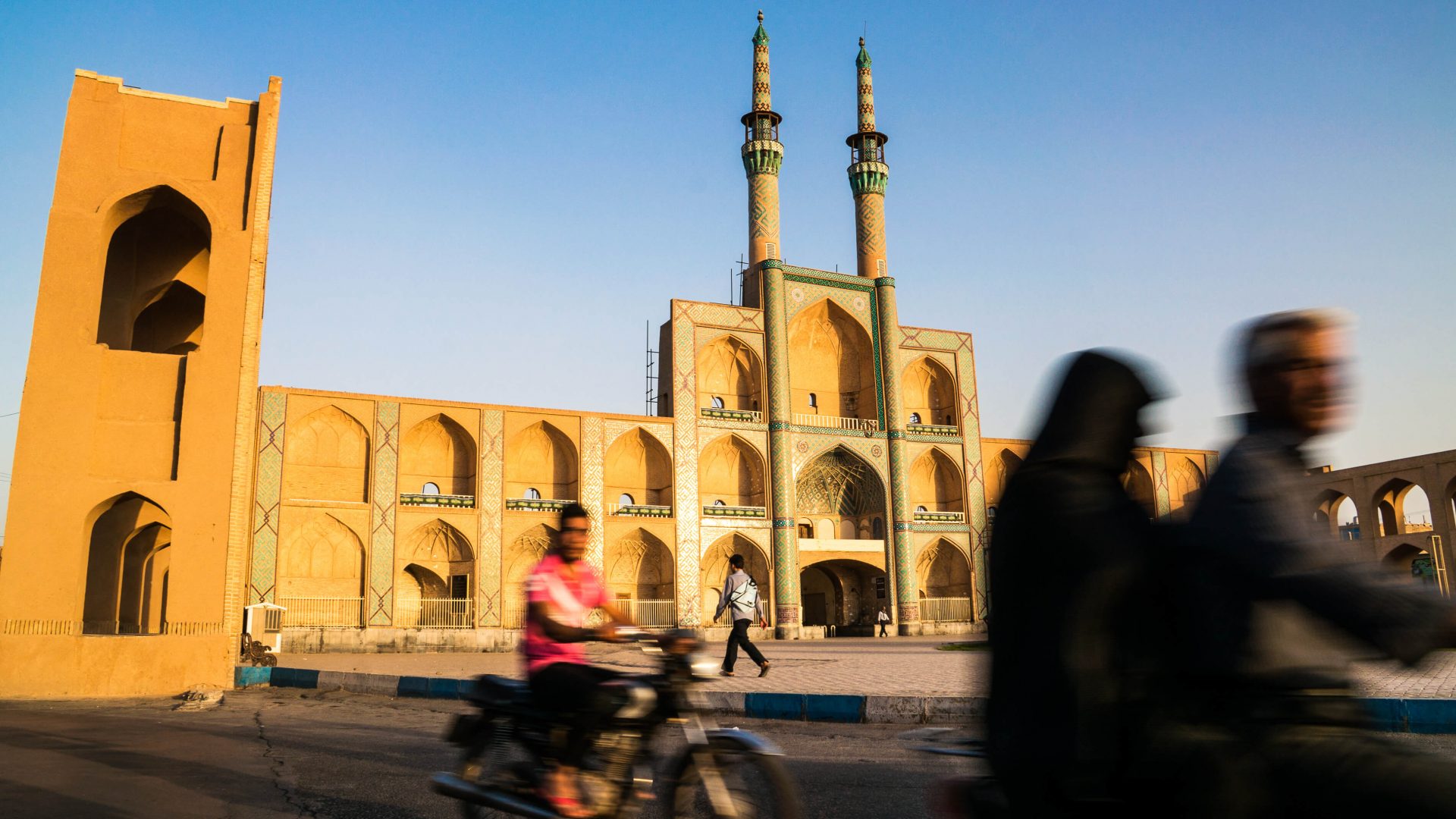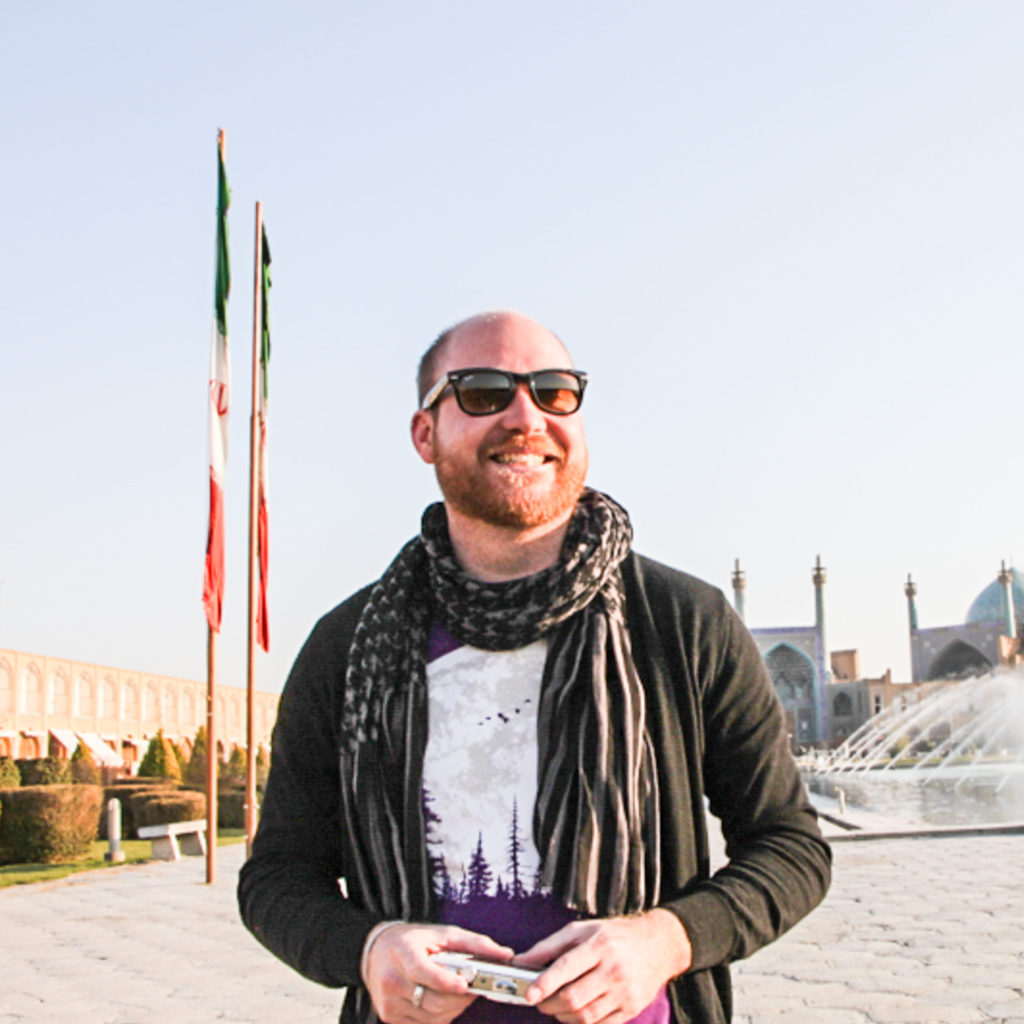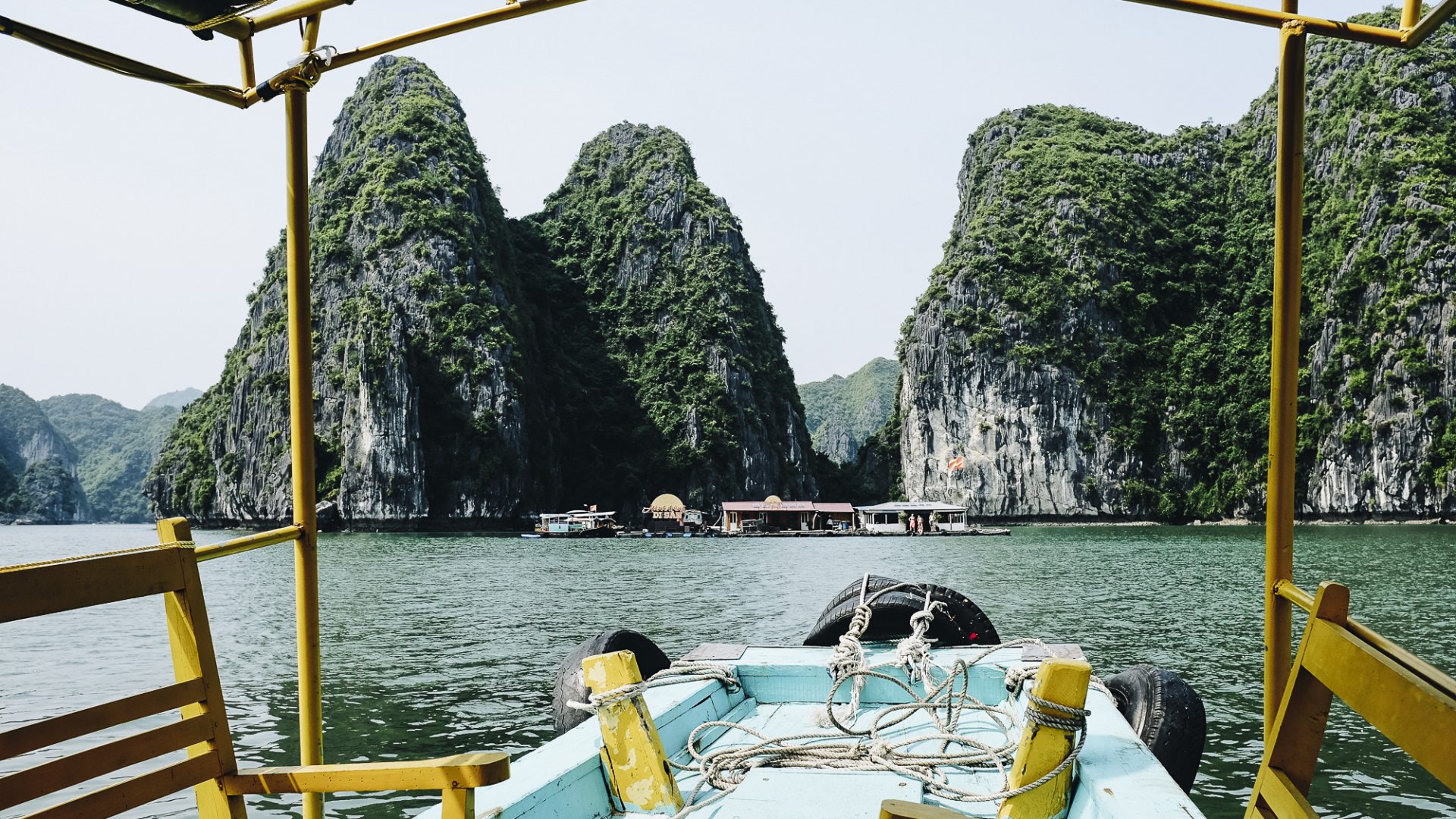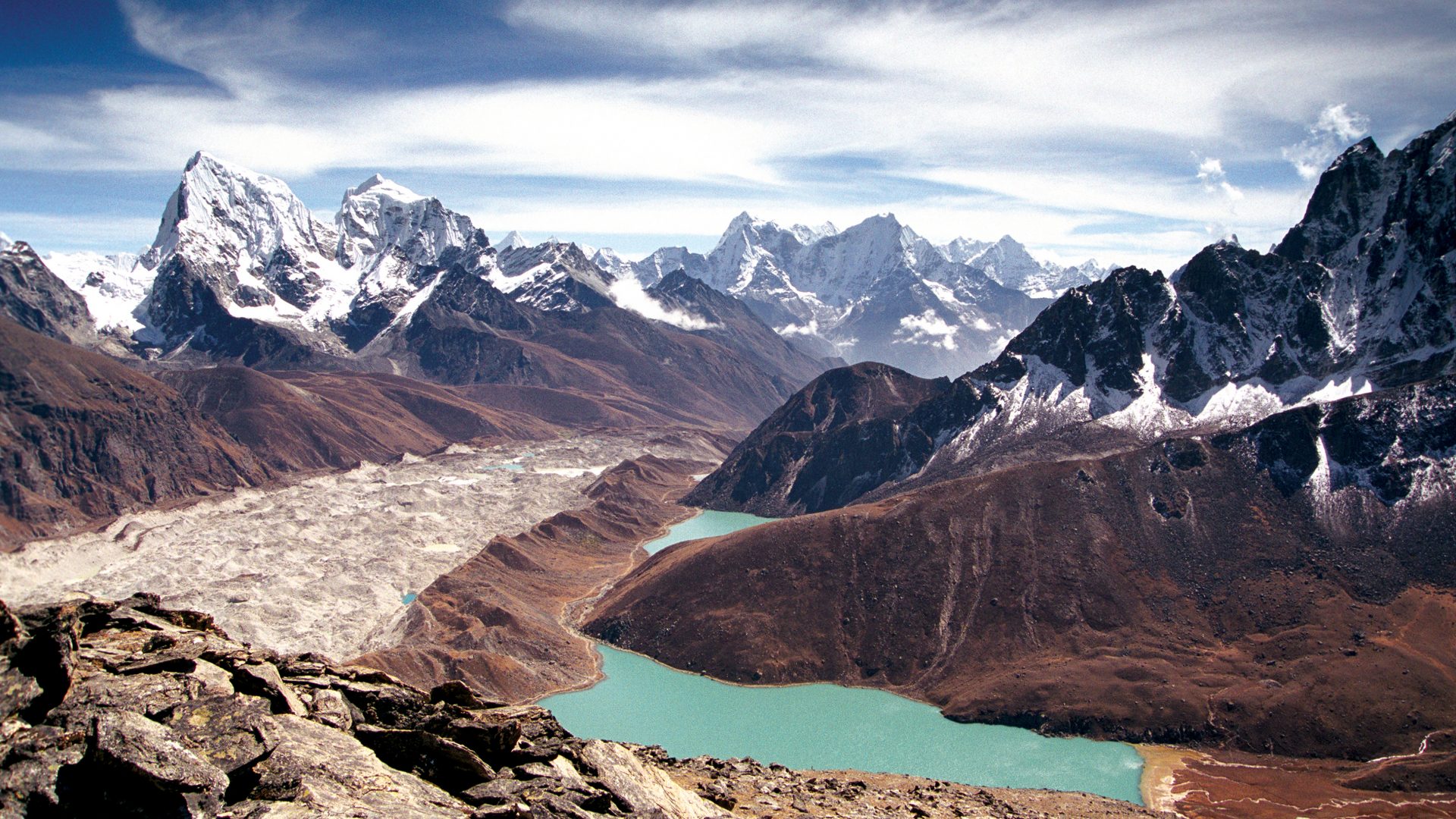
Two years since a devastating earthquake hit Nepal, leaving over 9,000 dead, 22,000 injured, and millions homeless, the fateful date of 25th April 2015 is etched in the minds of many. Two years on, the country is recovering, albeit slowly, and one of its biggest revenue providers, tourism, is on the up.
Measuring 7.8 on the Richter scale, the tremor also wrecked ancient temples, most significantly in the capital Kathmandu’s Durbar Square, left entire neighborhoods in rubble, and saw trekking routes closed for months. With tourism one of the country’s biggest income generators, it had an immediate effect on all those who worked in the industry from sherpas and local trekking companies to hoteliers and tour guides.
Since then, several tour operators have reported a positive turn, such as Intrepid Travel who noted a 97% increase in sales since before the earthquake. A special initiative also raised $750,000 for social projects through profits from Nepal trips, which went towards rebuilding teahouses along trekking routes, rebuilding schools and providing support to social projects. It’s welcome news, and a relief, to the many Nepalis who count on visitors for their livelihoods.
RELATED: Protecting the Himalayas: one local plays his part
However, despite significant progress in some areas and billions of dollars donated in aid, thousands of citizens are still living in temporary shelters and other rebuilding work is slow. Aid agencies have accused Nepal’s government of hindering their efforts, with accusations of being asked to pay costly fees to approve projects, bribery and even pressure to host meetings in luxury hotels to appease officials. In an article in the Guardian, aid workers also say they organizations also face pressure to partner with charities personally selected by politicians.


